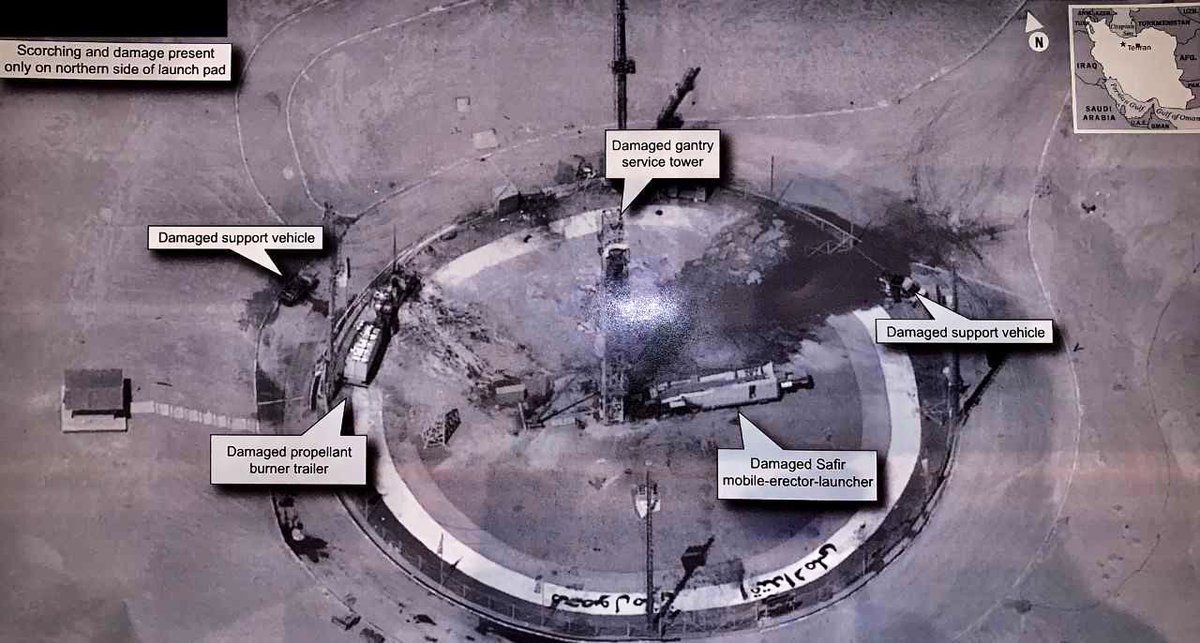Safir (rocket) on:
[Wikipedia]
[Google]
[Amazon]
The Safir (, meaning "ambassador") was the first
 Safir made eight launches in its operational career, putting four satellites into orbit.
Safir made eight launches in its operational career, putting four satellites into orbit.

File:Safir navid 2.jpg, 2012 launch of navid satellite
File:Omid 0650.jpg, Safir at an exhibition at the Mosalla of Tehran
File:Omid 0658.jpg, Safir first-stage engine
Iran's Research Rocket Beams Back Science Data
Space.com
Space.com
SpaceRef.com
Iran rocket claim raises tension
BBC
RadioFreeEurope RadioLiberty
AlJazeera
Iranians inaugurate space project
BBC
on
Iran
Iran, officially the Islamic Republic of Iran (IRI) and also known as Persia, is a country in West Asia. It borders Iraq to the west, Turkey, Azerbaijan, and Armenia to the northwest, the Caspian Sea to the north, Turkmenistan to the nort ...
ian expendable launch vehicle able to place a satellite in orbit. The first successful orbital launch using the Safir launch system took place on 2 February 2009 when a Safir carrier rocket placed the Omid satellite into an orbit with a apogee. This made Iran the ninth nation capable of producing and launching a satellite.
The Simorgh is a larger orbital launcher based on Safir technology which has since replaced the Safir, and is sometimes called the Safir-2.
Design and specifications
The Safir measures 1.25 meters in diameter, 22 meters in height and has a launching mass of 26 tons. The rocket consists of two stages; The first stage utilizes an upgraded Nodong/ Shahab-3 type engine which burns a hypergolic combination of UDMH as fuel and nitrogen tetroxide as oxidant, producing 37 tons (363 kN; 82,500 lbf) of thrust. The second stage utilizes a pair of smaller gimballed engines called LRE-4, fed by a common turbopump (originally the Vernier engines of the R-27 Zyb Soviet SLBM) burning the same fuel combination as the first stage and producing 3.5 tons (35 kN; 7700 lbf) of thrust. This configuration gives Safir the ability to inject a payload with a maximum weight of 50 kilograms intolow Earth orbit
A low Earth orbit (LEO) is an geocentric orbit, orbit around Earth with a orbital period, period of 128 minutes or less (making at least 11.25 orbits per day) and an orbital eccentricity, eccentricity less than 0.25. Most of the artificial object ...
.
Variants
Kavoshgar-1
''Kavoshgar-1'' (, "Explorer-1") was Safir's precursor used as a sounding rocket, a sub-orbital flight was conducted on 4 February 2008, as announced by state-run television. A launch on 25 February 2007 may also have been of the same type. The flight carried instruments to measure the higheratmosphere
An atmosphere () is a layer of gases that envelop an astronomical object, held in place by the gravity of the object. A planet retains an atmosphere when the gravity is great and the temperature of the atmosphere is low. A stellar atmosph ...
. The rocket launched on 4 February 2008 was a liquid-propellant-driven rocket, a derivative of the Shahab-3, that reached an altitude of 200–250 km in space
Space is a three-dimensional continuum containing positions and directions. In classical physics, physical space is often conceived in three linear dimensions. Modern physicists usually consider it, with time, to be part of a boundless ...
, and successfully returned science data according to the Iranian News Agency.
On 19 February 2008, Iran offered new information about the rocket and announced that ''Kavoshgar-1'' used a two staged rocket. The first stage separated after 100 seconds and returned to earth with the help of a parachute. The second stage continued its ascent to an altitude of 200 kilometers.
Safir-1A
The Safir-1A is the first upgraded variant of the original Safir, these upgrades include, refinement of the second stage retro-rockets, stage separation systems, various sensors and telemetry systems, navigation and control systems, as well as increasing maximum orbit height from 250 to 275 kilometers.Safir-1B
The Safir-1B is a further upgrade of the Safir-1A design, the first-stage engine has been upgraded and refined, resulting in an increase in thrust from 32 to 37 tons (363 kN; 82,500 lbf), the second stage engine has been upgraded with thrust vector control capability and has been made more efficient. These upgrades have increased payload capability to 50 kilograms, and have increased maximum orbit height to 400 kilometers.Retirement
During the unveiling ceremony of the Zuljanah satellite launch vehicle on the state TV, Seyed Ahmad Husseini, the spokesman of the Ministry of Defense's Aerospace Organization stated that the Safir launch vehicle is in a state of retirement and no further launches are planned with this vehicle.Launch history
 Safir made eight launches in its operational career, putting four satellites into orbit.
Safir made eight launches in its operational career, putting four satellites into orbit.

Gallery
See also
* International rankings of Iran in Science and Technology *Iranian Space Agency
The Iranian Space Agency (ISA, Persian language, Persian: ''Sāzmān-e Fazāi-ye Irān'') is Iran's Government of Iran, governmental space agency. The Iranian Space Research Center and Iranian Space Agency are the main organizations carrying ...
* Semnan Space Center
Other Iranian satellite launch vehicles
* Simorgh (rocket)
* Qased (rocket)
* Qaem-100 (rocket)
* Zuljanah (rocket)
References
External links
Iran's Research Rocket Beams Back Science Data
Space.com
Space.com
SpaceRef.com
Iran rocket claim raises tension
BBC
RadioFreeEurope RadioLiberty
AlJazeera
Iranians inaugurate space project
BBC
on
Space.com
Space.com is an online publication focused on outer space, space exploration, astronomy, skywatching and entertainment, with editorial teams based in the United States and United Kingdom. Launched on July 20, 1999, the website offers live coverag ...
* ttps://web.archive.org/web/20090214025608/http://www.alalam.ir/english/en-NewsPage.asp?newsid=031030120080817185546 Iran Launches Indigenous Carrier Rocket
{{DEFAULTSORT:Safir (Rocket)
Ballistic missiles of Iran
Space launch vehicles of Iran
Expendable space launch systems
Vehicles introduced in 2008